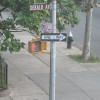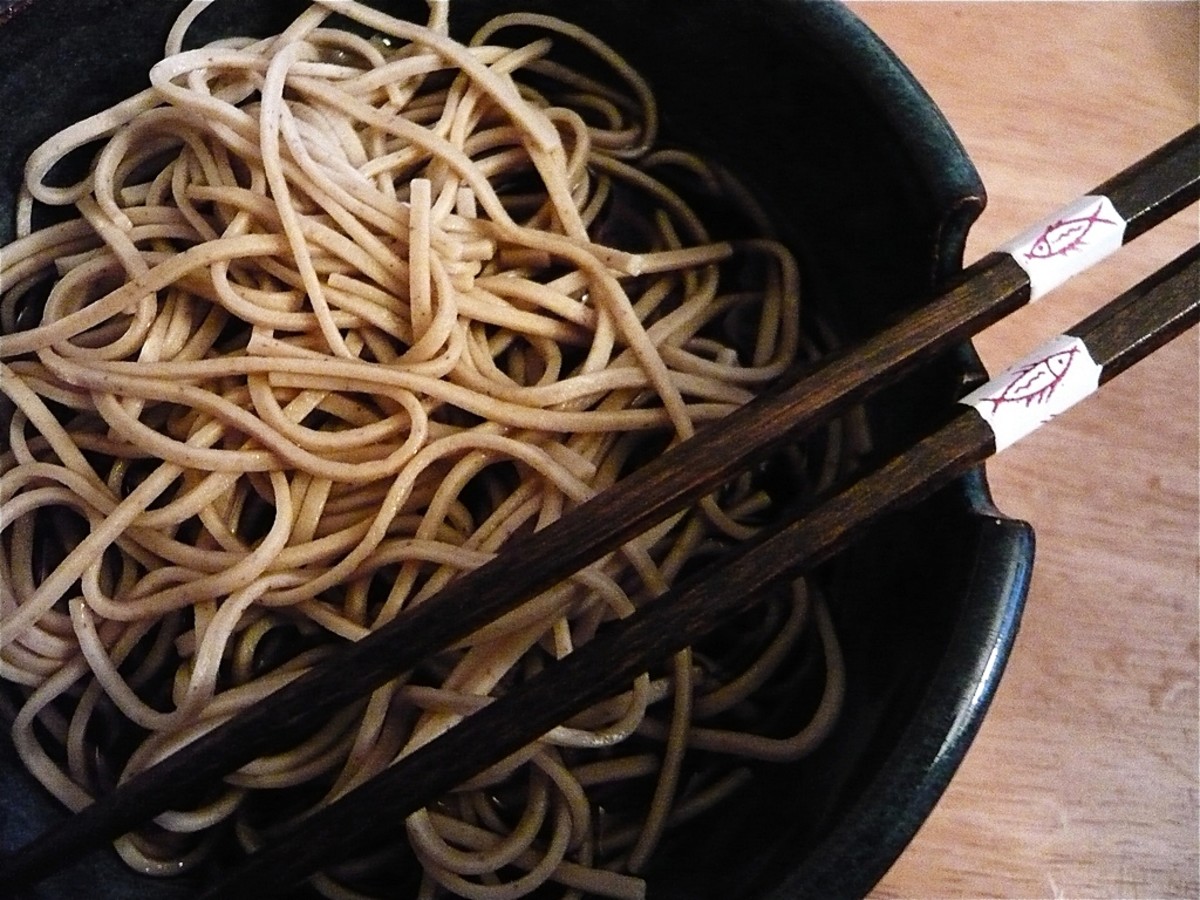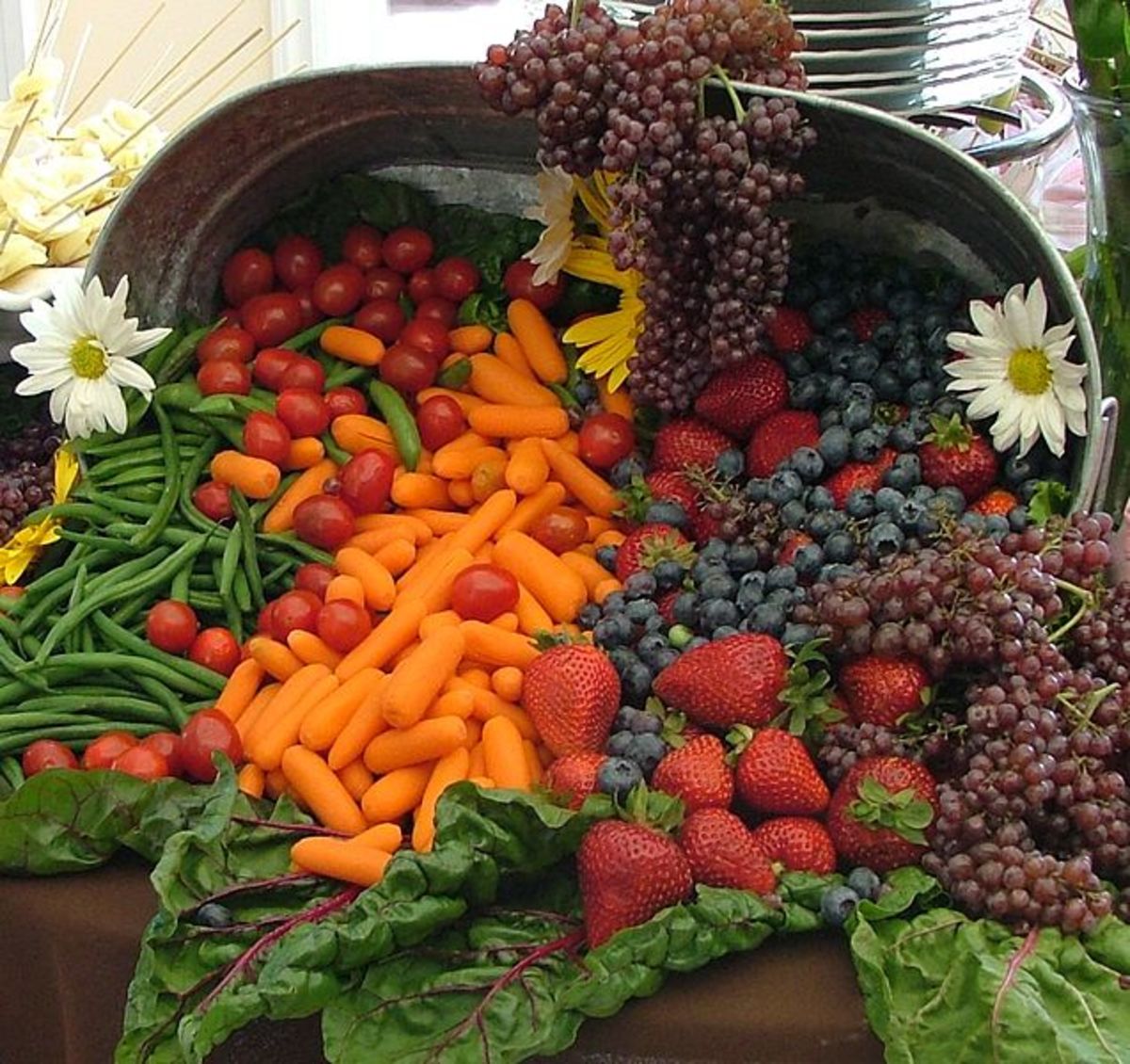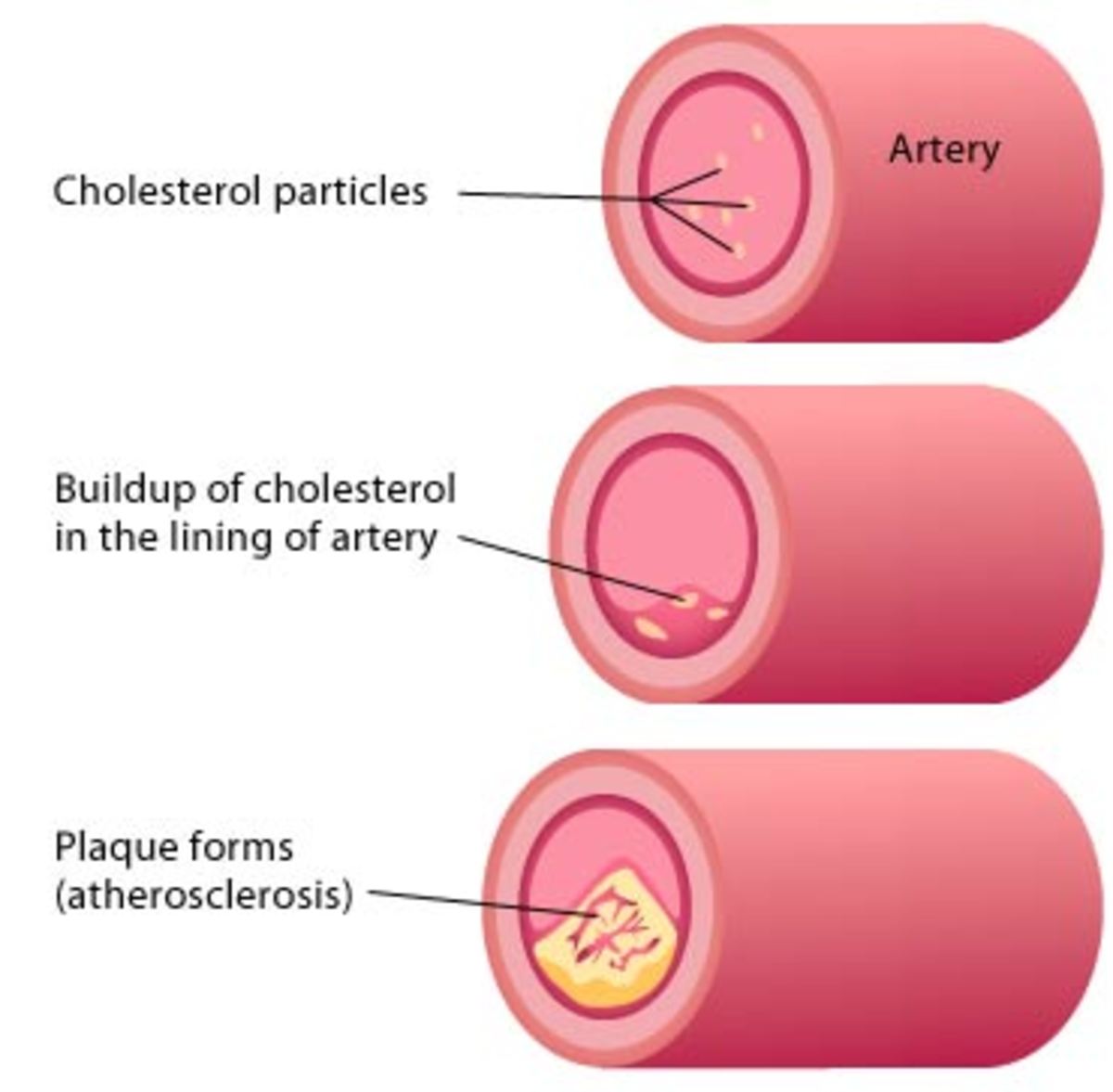- HubPages»
- Health»
- Diet & Weight Loss»
- Healthy Diets
Nutritious Prunes are Highest on the ORAC Scale

Prunes and Foods High on the ORAC Scale
Remember Prunes? Those same prunes have recently been found to be the highest, by far, of all other whole fruits and vegetables on the Oxygen Radical Absorbance Capacity (ORAC) scale.* According to studies done by USDA researchers at Tufts University, foods that score high in the antioxidant analysis known as ORAC may protect cells and their components from oxidative damage. (see list of other foods, below)
How is testing done?
ORAC testing is done by a test tube analysis that measures the oxygen radical absorption capacity of different foods and natural substances.
What makes prunes so special?
Prunes have a high content of unique phytonutrients known as neochlorogenic and chlorogenic acid. These substances are classified as phenols and their benefits as antioxidants have been well documented. It is therefore suggested that eating plenty of high-ORAC fruits and vegetables may help to slow the processes associated with aging both in the brain and the body.
While we are told to have '5 fruits per day' - it depends on which 5 you choose to insure you are getting enough antioxidant benefits (the chart below lists recommended units and how much per food item).
Why is this research so important?
This research is important because cellular damage that can be done by free radicals affects our overall health and wellness. The damage that can be done by oxidation, caused by free radical activity, has been linked to nearly every aspect of aging, heart disease and certain types of cancer. The ORAC scale can be used to help insure that you are eating foods regularly that have the highest antioxidant benefits.
Aren't prunes and plums the same thing?
Prunes are a a dried version of plums and are scientifically known as 'Prunus domestica.' Unfortunately, there was a negative stereotype associated with prunes - that of the elderly suffering in hospitals and nursing homes, and prunes were always served. It seems nutritionist knew what they were doing when prunes were put on the menu. But big marketing did not like the image and have shied away from promoting prunes.
Fortunately, our mothers and grandmothers knew what they were doing when they served us prunes. How often I remember, eating and loving stewed prunes. Unfortunately, I soon turned to prune danishes.
Just how much of a difference can prunes and high-ORAC foods make in our diet?
In the research studies, eating plenty of high-ORAC foods have been shown to raise antioxidant power of human blood by 10 - 25 percent.
What about supplements?
This evidence has spurred a major jump in sales of antioxidant vitamins. In fact now many companies are listing the ORAC values on their labels. However, fresh foods are always recommended before supplements.
Are there other high-ORAC foods?
While no food as yet comes close to prunes on the ORAC scale there are still many fruits and vegetables that are quite high and may be preferable. Recommended are 5000 ORAC Units Daily. The following are top-scoring fruits and vegetables with ORAC unit ratings per 100 grams (3 1/2 ounces):
Fruits:
- prunes - 5770
- raisins - 2830
- blueberries - 2400
- blackberries - 2036
- strawberries - 1540
- oranges - 750
- red grapes - 739
- cherries - 670
- kiwi - 602
- pink grapefruit - 483
Vegetables:
- kale - 1770
- spinach - 1260
- brussel sprouts - 980
- alfalfa sprouts - 930
- broccoli flowers - 890
- beets - 840
- red bell pepper - 710
- onion - 450
- eggplant - 390
As always, locally grown and organic is highly recommended.
For more healthy eating suggestions see the links below.
* The standardized ORAC test was invented by Dr. Guohua Cao, a physician and chemist at the National Institute on Aging in Baltimore Maryland. The test is adopted by the U.S. Department of Agriculture (USDA) to measure the Total Antioxidant Potency of certain foods and supplements. It offers a very precise way to determine the 'free radical' destroying or neutralizing power of a particular food, compound, or supplement.
Testing on foods continues and more may be added to the high-ORAC scale. Remember that many foods have antioxidant powers, the ones listed are the highest.
For more information on the Agricultural Research Services's Human Nutrition Research Center on Aging at Tufts University in Boston see the following link:
ars.usda.gov/is/AR/archive/feb99/aging0299.htm
Healthy Eating Suggestions
- 10 Healthy Foods to Help You Lose Weight and Feel Fu...
Historically, food has always been there to keep us healthy. Unfortuntately, the Western Diet has become filled with processed foods that contain partially hydrogenated oils, high fructose corn syrup, and... - Foods to Help You Lose the Dangerous Belly Fat
People who carry excess weight around the belly are at increased risk for heart disease, diabetes, stroke, and some types of cancer. Reasearchers at Wake Forest University found that trans fats,* which has... - 4 Amazing Health Benefits of Cranberries
As we finally move away from food products and back to food in its most natural state, we are finding out that fresh food has all the nutritional benefits that we will ever need This includes cranberries,... - Dark Chocolate Can Lower Your Blood Pressure
According to a study in the Journal of the American Medical Association (JAMA), dark chocolate can lower your blood pressure. By eating just 30 calories worth of dark chocolate every day, your blood pressure... - Probiotics and Other Benefits of Korean Kimchi
For centuries, kimchi has been a major part of the Korean diet. It is the traditional fermented food that is served at every meal. As Americans become more aware of the benefits of probiotics, kimchi is... - Raw Milk vs Pasteurized Milk
Raw milk versus pasteurized milk, which is better? Generally, the only milk available is pasteurized milk. We have even been taught to only accept pasteurized milk as it is supposed to be safest. But it... - Use Mesquite Flour to Prevent Diabetes
When we think of mesquite we tend to think of barbeques and the mesquite wood that goes with it. Mesquite hardwood has been used for barbeques to add a smoky sweetness to grilled food. From that same tree...






